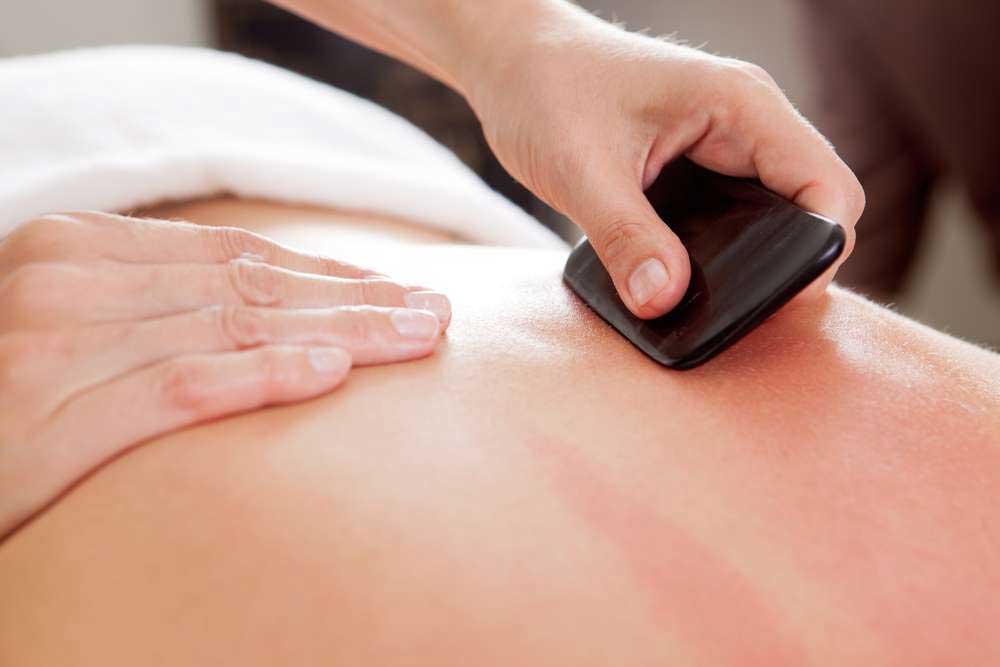Acupuncture For Stress, Anxiety and Depression
Stress, anxiety, depression, and obsessive or over-thinking are mental-emotional disorders that can be profoundly detrimental to the lives of many individuals who suffer from these conditions. These conditions are often accompanied by pain, insomnia, addiction, gastrointestinal disorders, sexual dysfunction, weight problems, fatigue, cancer, and many other diseases. They often affect the both the health and quality of life of the patient, to the point that these cognitive-emotional interruptions become so severe that some patients are no longer able to work, and lose even the ability to learn. These conditions affect not only the patient, but can be extremely unsettling to the lives and well-being of the patient’s family members as well.
Acupuncture and traditional Chinese medicine have a history extending back more than two thousand years in China. According to traditional Chinese medicine, mental disorders due to emotional changes cause imbalance of the body.
The mind and body are bound up in a profound and constant relationship, and when this relationship is disrupted, both the body and mind suffer. When the body suffers, the mind suffers, and vice versa.When the mind suffers, or when the relationship between the mind and body is disrupted such that the mind is unable to function clearly and effectively, this is called a disorder of the Shen. Traditional Chinese medicine has accumulated a rich experience of treating mental disorders. Since 1970’s in China, many research projects have studied the treatment of mental disorders, especially with electro-acupuncture for the treatment of depression. Electro-acupuncture compares well with Western medicine modalities for treating depression.


Over the course of more than twenty years of clinical experience and research, Dr. Yang has developed protocols using acupuncture/electro-acupuncture for mental disorders like stress, anxiety, depression, and obsessive thinking. These protocols have become known to students in schools of Oriental medicine as Dr. Yang “Shen” treatment. Originally developed and shown to be effective in China, and with continued proven effectiveness in the U.S., these protocols give patients significant relief from their symptoms of mental-emotional disturbance and disorder. These protocols have the potential to be effective in cases where other therapeutic modalities are not possible, or have been tried without successful results. The majority of patients who are treated with the “Shen” protocols experience improvement in their mental-emotional state, and diminished symptoms from their disorder.
Though many patients can see results within this relatively short time-frame, certain chronic and entrenched cases may require longer terms of treatment, but are still likely to see worthwhile results after a treatment period of a year or more. For example, Dr. Yang has treated a patient who had suffered with severe mental disorders for nearly thirty years. This patient was able to achieve highly effective and positive results by staying with the treatment protocols for two and a half years.

Another patient who had suffered for ten years with stress, and a related burning pain of the lower abdomen, experienced significant improvement in both conditions after completing a one-year plan of treatment. Many patients who have undergone these acupuncture and electro-acupuncture protocols for stress, anxiety, depression, and obsessive thinking have not experienced a recurrence of their symptoms, and have been able to discontinue medications for these same conditions.
The Shen treatment protocols for mental disorders make use of acupuncture, electro-acupuncture, and Chinese-style exercises prescribed by Dr. Yang. An example of these exercises – and one that patients can practice anywhere from home, office, or outside – is outlined by the following steps. 1) Stand with the feet apart, body relaxed, and the mind quieted; regulate the breathing to be even. 2) Slowly lift both arms up in front of the head with palms up. 3) Slowly push arms down with palms turned down and knees bent, and lower the upper body. 4) Then slowly lift arms up with palms turned up and straighten the upper body. 5) Return to step 2. 6) Follow the above process to regulate breathing, exhale while slowly lifting the arms up in front of head, and inhale while slowly pushing palms down. 7) Repeat these steps continuously for about 5 minutes.
